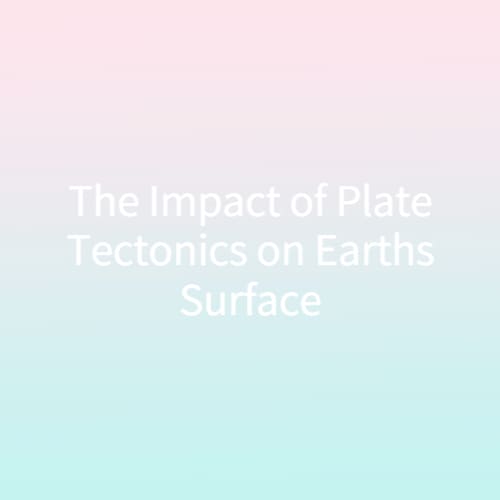
Plate tectonics is the fundamental scientific theory explaining the dynamic movements of Earth's lithosphere, the rigid outer layer of our planet. Driven by internal heat, tectonic plates glide across the asthenosphere, influencing various geological phenomena and shaping Earth's surface.
Influence on Earth's Surface
The movements of tectonic plates significantly impact Earth's landscape, leading to the formation of mountains, ocean trenches, and volcanic arcs. These processes, occurring over millions of years, continually reshape our planet's surface and contribute to its geological diversity.
Types of Plate Boundaries
Plate boundaries are key features of plate tectonics, where different types of interactions occur. Divergent boundaries see plates move apart, forming rift valleys and mid-ocean ridges. Convergent boundaries involve plates colliding, creating mountain ranges, trenches, and volcanic arcs. Transform boundaries feature horizontal sliding, causing earthquakes along fault lines.
Continental Drift Theory
The theory of continental drift, proposed by Alfred Wegener, suggests that continents were once part of a supercontinent called Pangaea and have since drifted apart. This movement has contributed to the diverse landscapes and ecosystems we see today.
Impact on Resources and Civilization
Plate tectonics influence the distribution of resources and the development of civilizations. While earthquakes and volcanic eruptions pose risks to communities, they also create mineral deposits and geothermal energy sources. Additionally, fertile soils formed from volcanic activity support agriculture.
The theory of plate tectonics revolutionizes our understanding of Earth's dynamic processes. By studying plate movements, scientists can predict natural disasters, explore geological history, and comprehend the interconnectedness of Earth's systems. The profound impact of plate tectonics shapes our world and guides our future.